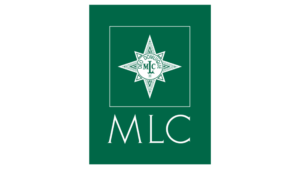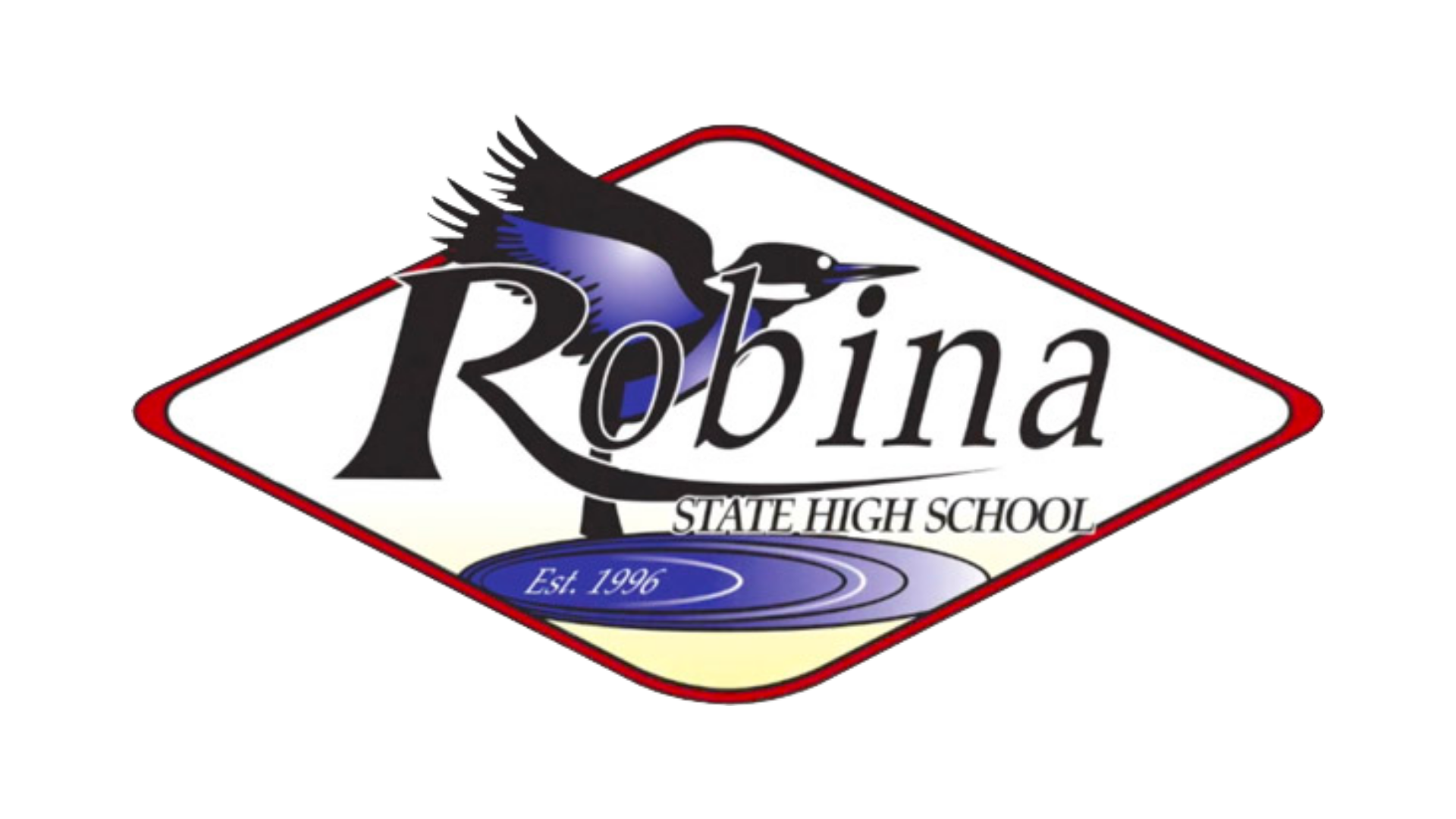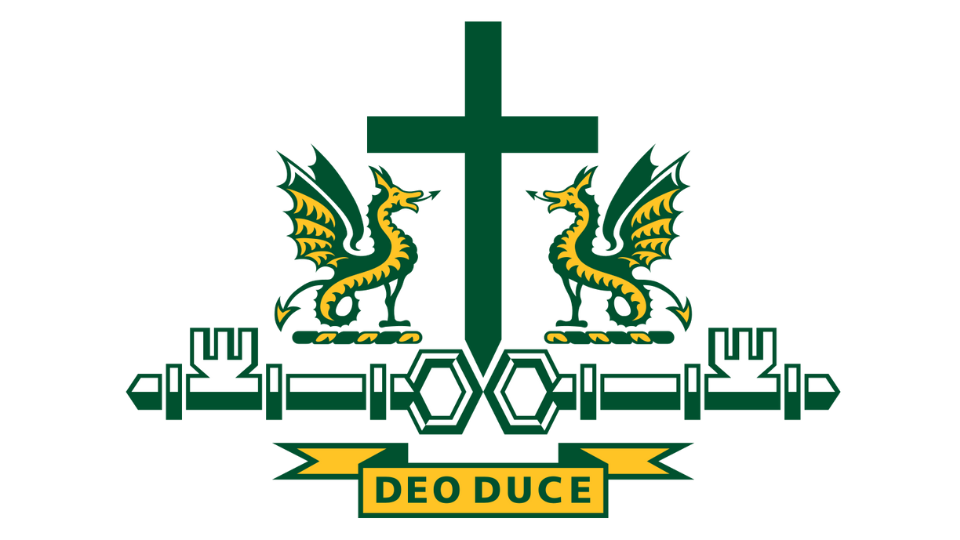How Our Transformative Tutoring Program Enhances
Science, Humanities & Other Subjects

OUR TRANSFORMATION PROGRAM DRIVES CHANGE IN YOUR CHILD BY BUILDING THEIR ENGLISH & MATHS FOUNDATION
We improve your child's confidence, motivation, and grades in just 6 months.
Our 6-month Transformation Program is a game-changing transformative tutoring program unlike any other and is transforming students across Australia. Our program takes a holistic approach, boosting confidence and motivation, backed by research-based methods and educational psychology principles. We're not just about improving grades; we're committed to transforming lives and nurturing well-rounded, confident learners ready to tackle the challenges of the modern academic landscape.
We've made a strategic shift to concentrate solely on English and Maths, recognising their pivotal roles as the foundation of all academic subjects. We firmly believe that by enhancing students' comprehension, analysis, and communication skills through English and reinforcing their mathematical principles and problem-solving abilities, we empower them to excel in any subject.
Join us in unlocking your child's boundless potential across all subjects!
IN JUST 6 MONTHS, YOU AND YOUR CHILD WILL EXPERIENCE

Confidence

Motivation
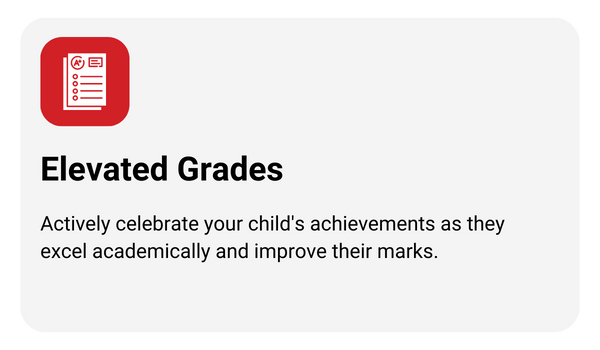
Grades
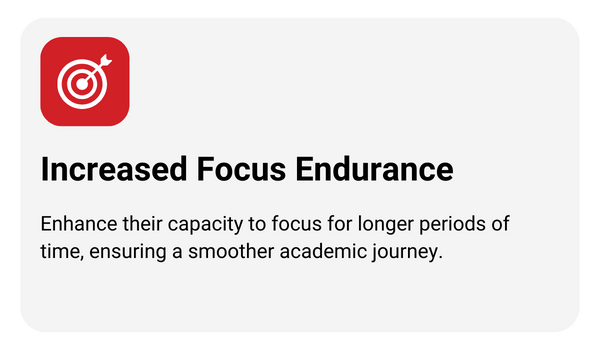
Focus

Skills

Support
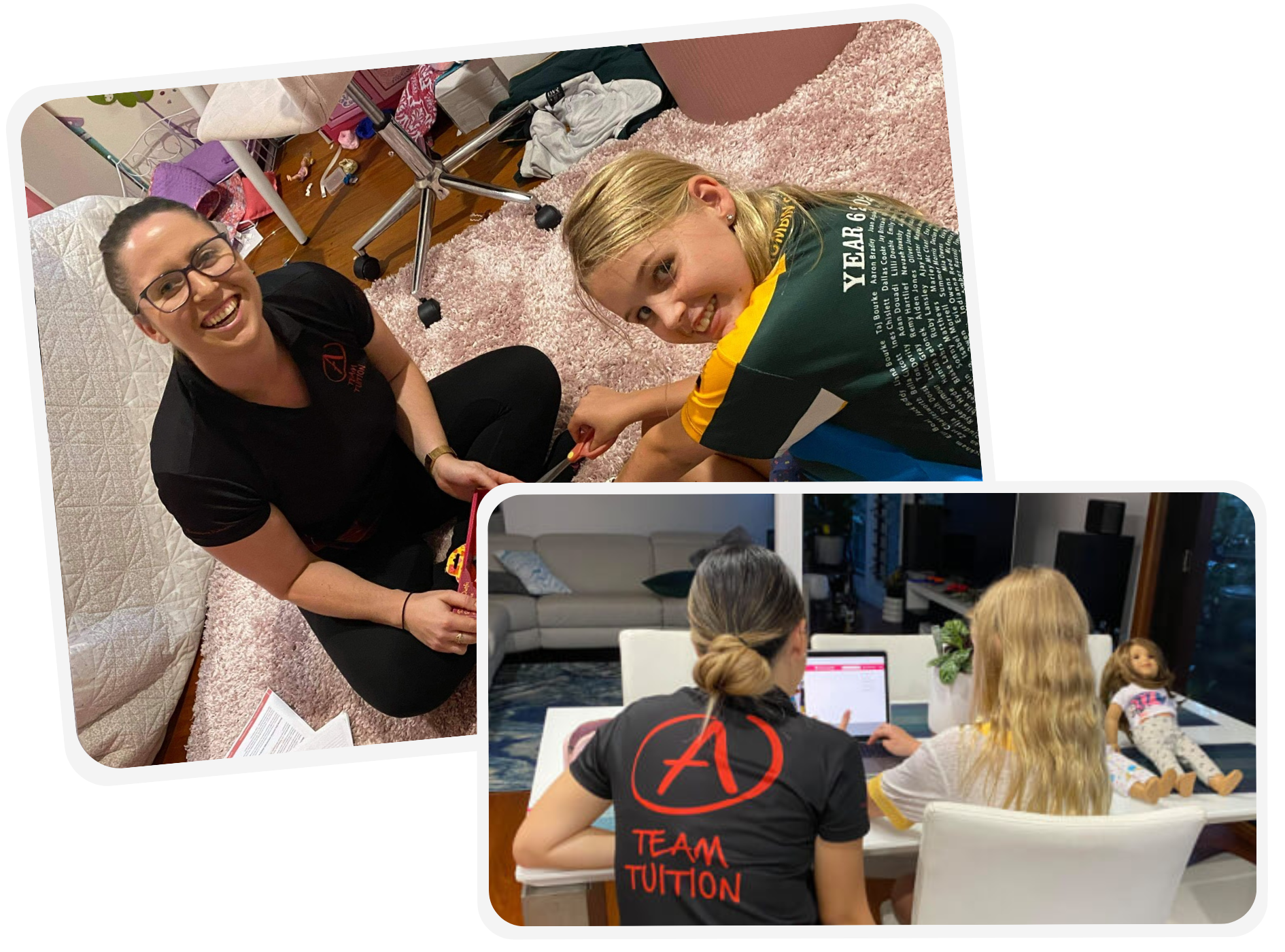
OUR METHOD
Transform Your Child's Mindset
Teach Your Child the Strategies and Skills to Becoming a Successful Student
Mentor and Guide Them to Improve Confidence, Motivation, and Grades
Ongoing Support For Your Family
THIS IS WHY WE DO WHAT WE DO
A Team Tuition has helped me develop into the best student that I can be. I am now reaching my full potential thanks to them. They are so supportive and really understanding. All the staff at A Team Tuition really are passionate and so friendly.
Alongside greatly encouraging improvement in his academic results, the most outstanding and important outcome has been enhancement of his self-motivation and drive, and even more importantly, development of his self-confidence.
“Our APT was very warm and greeted the kids, and very actively listened to me as we interacted. The children loved the session with her. Our APT engaged them in many activities which I was extremely impressed with. I really liked how well prepared she was before the session.”
“Archie’s tutor, Amber, was well organised, communicated clearly and took the time to get to know Archie through the session. Arch is looking forward to his next session with Amber.”
“Leyla and Coco have been working hard together on reading, recognition and spelling, and her NAPLAN results show it!! With Coco being above the national average!!”
“My daughter, Tara’s, first session has exceeded both hers and my expectation. You will never begin to understand the impact this session had. Tara had a level of energy and confidence that I have not seen in a very long time. She is so excited to continue to learn. Thank you so much.”
A Team came to me and in just less than a term working with them I received an A for maths (the subject I struggled most with!) I definitely recommend A Team Tuition, this great, supportive team will help you succeed!
“I wanted to share how wonderful the session was!
I could hear that Miles’ energy level was really high for the whole lesson which really surprised me as I’ve not seen that before when it comes to homework or lessons and especially in the evening. He seemed engaged, chatty and bright.
At the end of the lesson Miles was really proud that he got almost everything that he was tested on correct, and on reviewing his work I could see things that he had previously not understood were now understood.
But the most significant thing was his level of confidence has vastly improved after just one session which I could see quite clearly in his demeanour. He said that he really liked his APT and couldn’t wait till the next session. I am very impressed with our APT’s approach and can’t wait to see the continued progress here.”
“Our son really liked his tutor, Zach, and couldn’t believe how quickly the time went by. He said it was 5.20pm before he knew it. He enjoyed the session a lot and asked if he could buy a novel to read last night. He doesn’t ever want to read… let alone buy a book!
Today he went and purchased a book to start working toward his reading goal. Thank you for working with us to get him some help with his learning.”
“I initially engaged with A Team before Matthew’s exams as he was struggling with some key concepts in his hardest subject and despite being a high achiever this was really impacting not just on his marks and confidence but on him as a person.
Teliah was assigned to Matthew and in two short weeks during his Transformation Program, he went from a C to a B+ in the hardest strain of mathematics, but also regained his confidence. The change in him is remarkable, he is now more focused on assignments, will get an awesome ATAR result and is working the hardest he ever has.
I am sure there are cheaper options that A Team, but to me this is one of the best investments I have ever made and has changed Matthew’s outlook, options and no doubt future academic and professional life.
I can’t recommend A Team enough, and having spoken to other parents can safely say that our result is the normal outcome as opposed to an outlier.”
The only tutoring company in Australia with official school partnerships

The Now Effect















